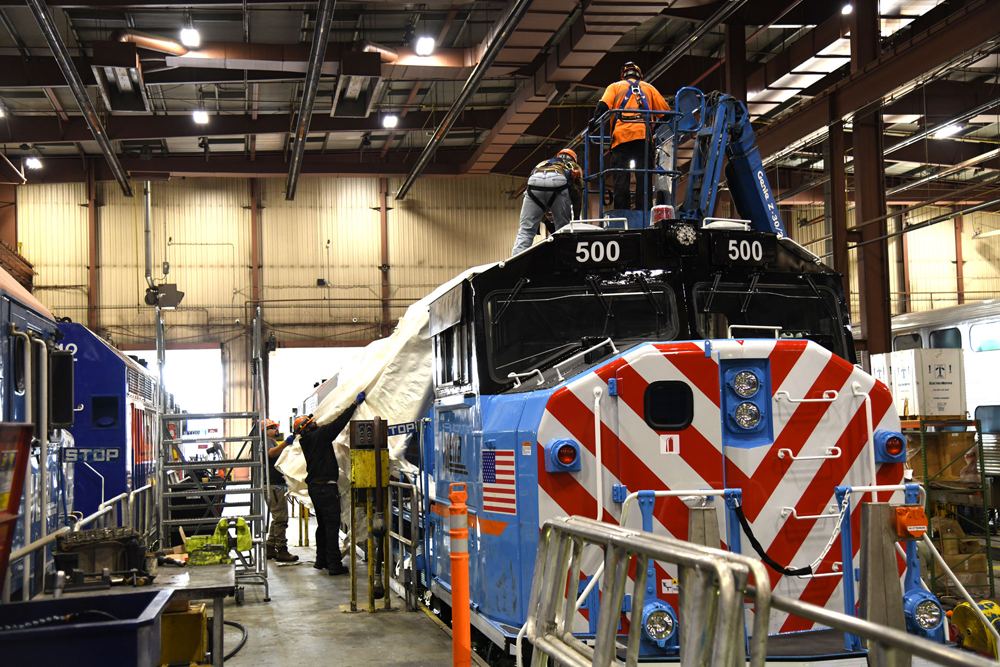
CHICAGO — Metra has provided a sneak peek at the first of its new SD70MACH locomotives, providing photos Tuesday on its social media channels of locomotive No. 500 being unwrapped by shop personnel.
The locomotive will also wear the newest Metra heritage paint scheme, honoring the 50th anniversary of the formation of the Regional Transportation Authority, Metra’s parent and the original operator of some of its services.
Metra will receive 15 of the SD70MACH, and has the option to purchase 27 more under an agreement approved by Metra’s board in February 2019 [see “UPDATE: Metra board approves locomotive purchase …,” Trains News Wire, Feb. 20, 2019]. The commuter operator says they will be delivered at the rate of approximately one per month starting in November.
It will be some time before the locomotive enters revenue service, as it undergoes testing and is also used for training. A second SD70MACH is currently at the Transportation Technology Center in Pueblo, Colo., and results of that testing could also lead to modifications and other adjustments. As a result, it is unlikely to see regular revenue service before spring 2023.
— Updated Oct. 12 at 1:45 p.m. with additional details.
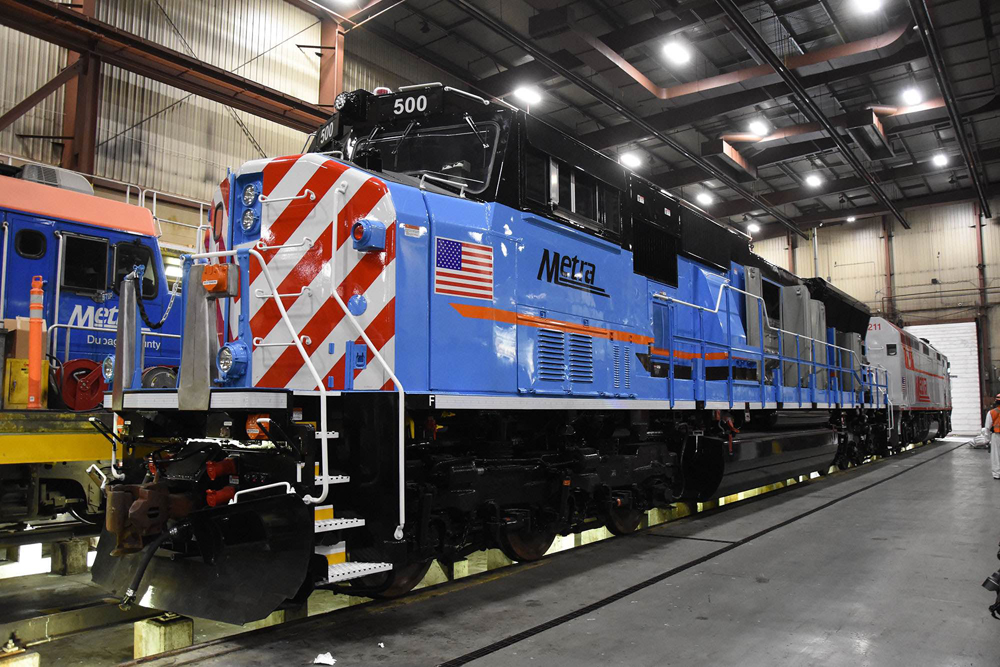







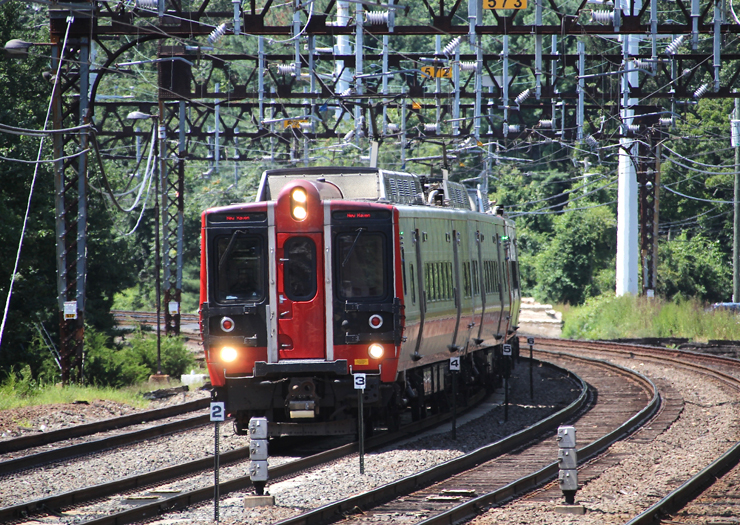
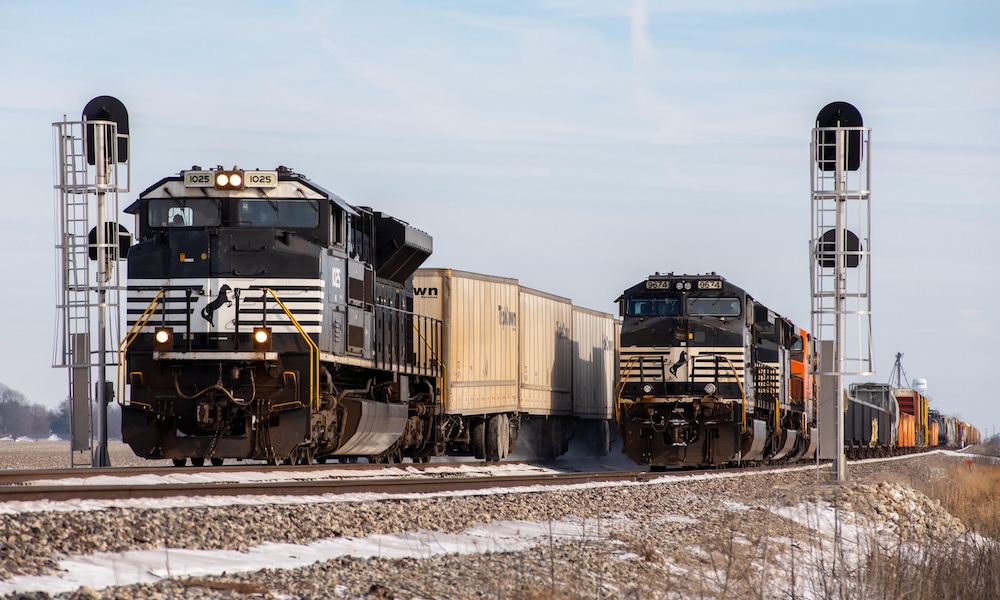
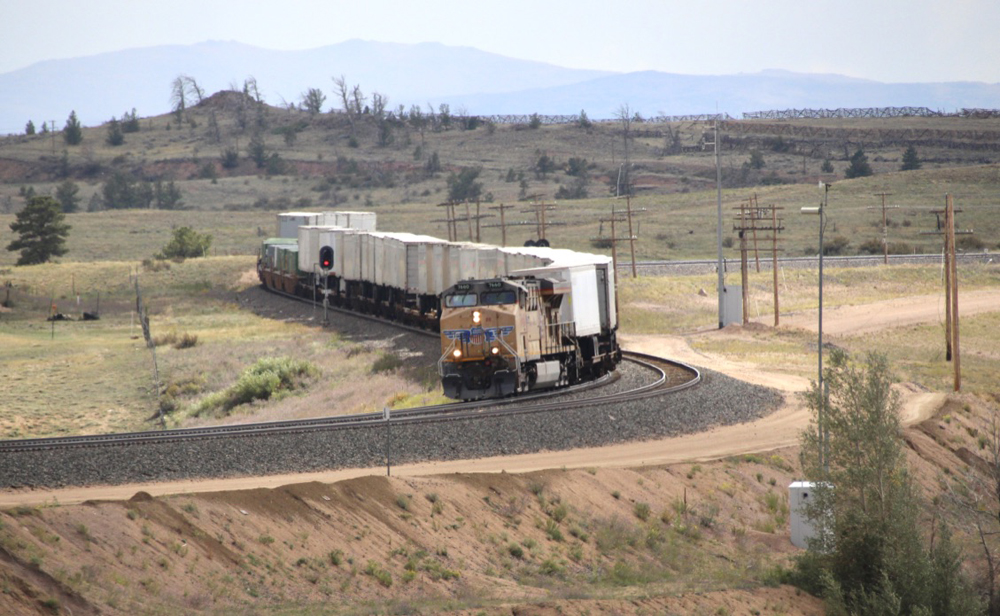




Does this mean that Metra will slow its commuter trains to freight train schedules?
Now I will have to change my spot marks if I ever get one of these new “Bricks”, not that I ever will.
Also, I hope they put some decent gearing in them. If it accelerates from a station like the MP36 or the F59, I will be less than impressed.
Regarding electrification I would not be surprised that Metra puts millions of miles on these locos before electrification on Metra lines.
I wondered what happened to this project. First time I’ve seen anything about it since 2019.
Covid, supply chain, staffing issues.
Spending money on a used freight locomotive instead of the electrification that is inevitably coming.
Great job 👍
I don’t agree that electrification is inevitable. Even if it were, that would be well beyond the service life of any locos METRA is now buying.
Seems like kind of hefty power for commuter loads but as was stated by another commenter perhaps Amtrak should have went with such a choice instead of the
doomed Siemens model.
The opinion of the few does not constitute a failure of the many. Siemens Chargers are not doomed.
Basically, it is freight locomotive and a rebuild one at that and not surprising that Metra has a penchant for buying and using only EMD products. As they say, Beauty is in the eyes of the beholder, if you like seeing big clunky boxy locomotives on any passenger train, this model is for you. Gone are the days when beautiful streamline locomotives like E8s and F units were pulling passenger trains even commuter trains. Aside from that however, Metra needs units that are tough and rugged to handle the brutal and harsh Chicago winters that they have to operate trains through. Joseph C. Markfelder
From CL – “I don’t believe Amtrak has ever bought hood units except for small numbers of hand-me-downs.”
Actually, Amtrak purchased the 20 GE Dash 8-32BWH “Pepsi Cans” locomotives new from the manufacturer in 1990-1991.
Oh My God, how could I forget those? I saw zillions of them, plus I read Trains Magazine. I don’t know which of us is in the further stages of senility, me or our 19-year-old cat Burlington.
Former GO Transit GP40TC’s were purchased by Amtrak. Which inturn had them rebuilt into GP38H-3’s.
Perhaps Amtrak should purchase some SD70M’s or SD70MAC’s. With all the horror stories on the Charger locomotives, might be nice to have a back up plan.
The Charger is a complex beastie and is only as good as it’s maintainers. (And as a retired member of that class that is all I will say about that.) Nevertheless, the two most recent classes of NRPC motive power, Genesis and Charger, were built to clear the close confines of Penn Station. Why does every locomotive of a “national” carrier have to fit in one place?
To maximize sales opportunities and keep prices reasonable it is common for trainsets to be designed to reach the most available customers. Therefore a least common denominator might be in effect.
I had never heard of the Penn Station design requirement before. New Info.
What is an SD70MACH and how does it differ from the SD70ACe? Tier 4 compliant? If so, how? I suspect additive injection may be used; much easier with captive locos running on a single system.
The SD70MACH is a SD70MAC rebuilt by Progress Rail for Metra. The rebuild also includes the addition of head end power along with meeting Tier 3 emissions. Metra has approved of a purchase of 15 SD70MACHs for passenger service, with options of up to 27 more. They will become the first six-axle passenger engines since the EMD F40C and the Alaska Railroad’s HEP-equipped SD70MACs. (per Wikipedia)
The article didn’t mention these are rebuilds. Thinking these would be new locomotives (the first sentence does use the word “new”) seemed a very strange specification.
Most METRA trains are in the six to seven-car range why these six-axle beasts?
See Braden Kayganich’s comments above.
In those bygone, halcyon days prior to Covid there were 10-11 car trains on the former Burlington, some running double-headed F40s. Don’t know if that’s the case now. I seem to recall it was those double-headed trains they were looking at with this procurement.
The SD70MACH is a rebuilt SD70MAC with a conventionnal Tier 0+ 16-710G3 prime mover. As a rebuilt unit, it is not required to respect strict Tier 4 emission regulations, unlike new units. It also has a HEP generator to supply power to passenger cars.
The SD70ACe-T4 is a new unit with a Tier 4-compliant 12-1010J prime mover, for freight operations only. So far, the SD70AC-T4 has proven unpopular, with only 10 units in service for CSX (8900-8909) and 65 in service for UP (3000-3064), and a handful of units in Progress Rail’s lease fleet. Those strict emission control systems are complex, expensive, and somehow make the engine less efficient than a comparable older unit.
One comment, two questions:
COMMENT: Aesthetically (and maybe mechanically) a step back to when freight locos pulled passenger trains. Even in the late 1960’s (GN and ATSF) freight locos for passenger trains had the carbody aesthetic. I don’t believe Amtrak has ever bought hood units except for small numbers of hand-me-downs.
QUESTION: Does anybody know which existing loco fleet will be retired in favor of these new guys?
QUESTION: What mechanical modifications are specified for locos that frequently stop and start? Are diesel – battery hybrids being considered in the near future?
Metra recently signed an agreement to develop alternate motive power units.
As to where these will operate, I can say where they probably won’t. The UP lines couldn’t take the MP36C engines due to weight (315,000 lbs) and some bridge limits.
I am assuming a SD70MACH will probably weigh more (412,000 lbs), so I wouldn’t be looking on any UP lines.
MP36PH at 315K axle weight of 78,750lbs.
SD70MACH at 415K axle weight of 69,167lbs.
It’s axle weight that creates the restriction. Not locomotive weight
Thanks for the update Braden.
Agree with Braden. UP uses locomotives all over Chicago that weigh this much. I assume that trains that are currently double-headed with locomotives may see these being used instead.
Nice. When does she go into service?